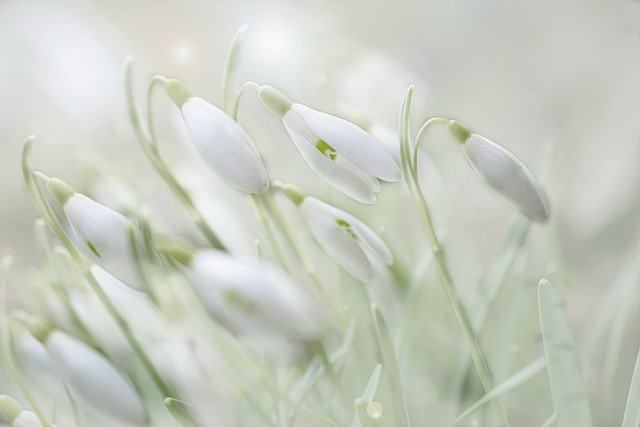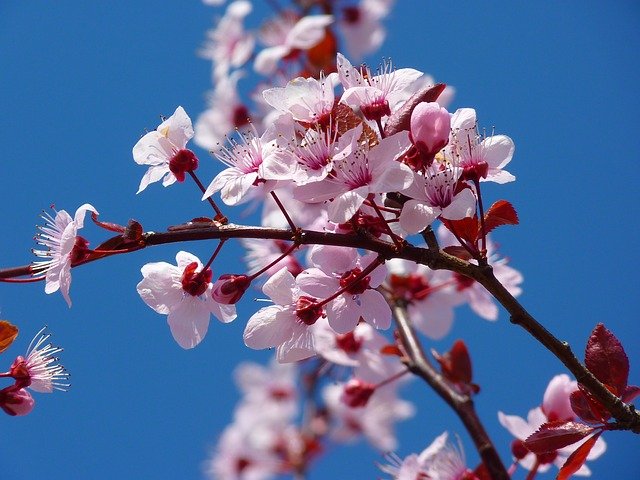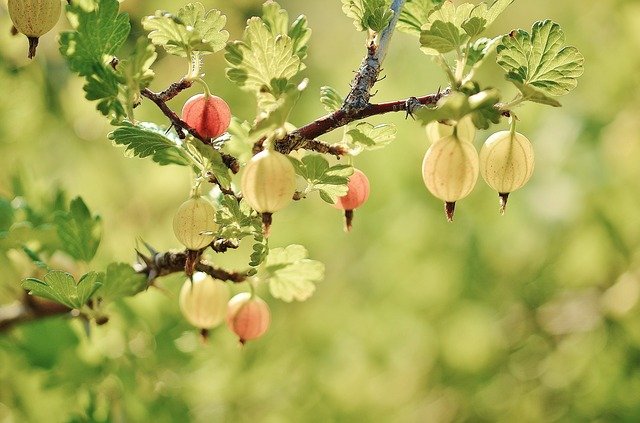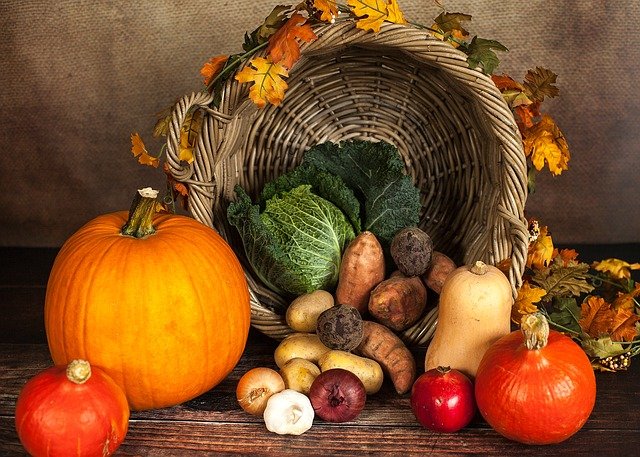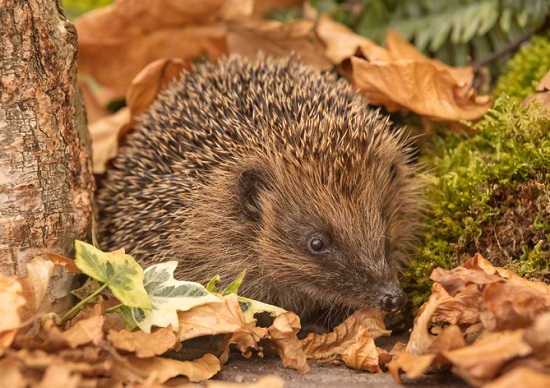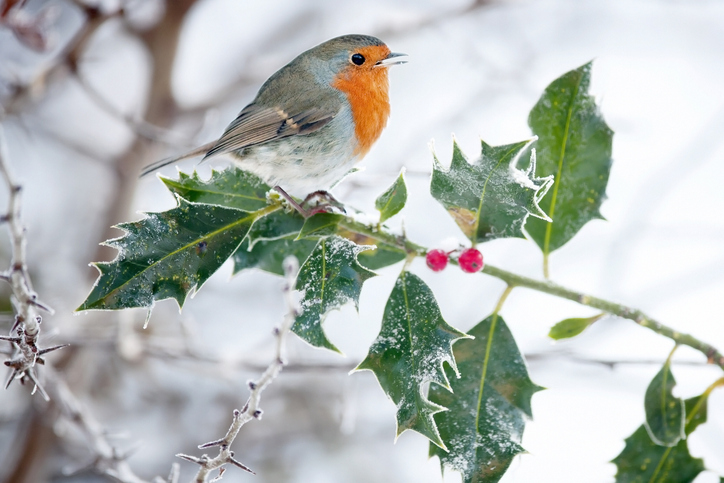January Gardening Jobs
Reading time: 5 minutes
Gardening jobs for January
January is a crucial month for garden maintenance and preparation in the UK. Although the weather is often cold and frosty, there are plenty of tasks that can be tackled to ensure your garden remains healthy and ready for the upcoming growing season. Here are some detailed gardening jobs for January:
Tidy up dead flowers and shrubs
Task: Remove dead flower heads, leaves, and stems.
Why: Clearing away dead plant material helps prevent mould and disease from spreading.
How: Use sharp secateurs to cut back dead growth. These trimmings can be added to your compost heap, which will decompose and enrich your soil.
Ventilate your greenhouse
Task: Ensure your greenhouse gets plenty of fresh air.
Why: Proper ventilation prevents the build-up of moisture, which can lead to mould and mildew.
How: Open greenhouse vents and doors on milder days to allow air circulation. You could use a hygrometer to monitor humidity levels and keep them in check.
Clean your tools and equipment
Task: Clean tools, pots, trays, and plant labels.
Why: Clean tools prevent the spread of disease and ensure they are ready for use when needed.
How: Wash pots and trays with soapy water and a disinfectant. Sharpen and oil tools to keep them in good working condition.
Turn your compost
Task: Turn your compost regularly.
Why: Turning compost helps aerate the pile, speeding up decomposition and preventing excess moisture.
How: Use a garden fork or compost aerator to mix the compost every few weeks. Check the moisture level and add dry materials if it seems too wet.
Shake off snow from shrubs
Task: Gently shake snow off shrubs.
Why: Heavy snow can damage branches and distort the shape of your shrubs.
How: Use a broom or your hands to gently brush snow off branches, taking care not to break them.
Mulch your borders
Task: Apply a layer of mulch to garden borders.
Why: Mulch protects plant roots from extreme cold and helps retain soil moisture.
How: Use organic materials like bark chippings, compost, or well-rotted manure. Spread a 2-3 inch layer around plants, avoiding direct contact with stems.
Top up bird feeders
Task: Refill bird feeders regularly.
Why: Birds need extra food during the winter when natural sources are scarce.
How: Provide a variety of seeds, nuts, and fat balls. Ensure feeders are clean and placed in safe locations away from predators.
Harvest winter veg
Task: Harvest any remaining winter vegetables.
Why: Enjoy fresh produce and make room for new plantings.
How: Vegetables like kale, leeks, and Brussels sprouts can be picked as needed. Check root vegetables like carrots and parsnips for readiness.
Plan your garden layout
Task: Start planning your garden layout and flowers.
Why: Early planning helps you organise planting schedules and ensures a cohesive garden design.
How: Sketch out your garden, noting where to plant different flowers and vegetables. Consider crop rotation and companion planting to optimise growth.
Plant sweet peas
Task: Sow sweet peas.
Why: Early sowing gives sweet peas a head start, resulting in stronger plants and earlier blooms.
How: Plant seeds in pots and place them in a greenhouse or on a windowsill. Keep the soil moist but not waterlogged.
Chit seed potatoes
Task: Chit your seed potatoes.
Why: Chitting encourages sprouting, leading to quicker growth once planted.
How: Place seed potatoes in a cool, bright location with the eyes facing up. Leave them to sprout for a few weeks before planting.
Top tip: recycle your christmas tree
If you had a real Christmas tree, consider these eco-friendly uses for the chippings:
Mulch: use bark chippings as a protective mulch layer for your soil
Compost: add smaller branches and needles to your compost heap
Wildlife habitats: use the branches and trunk to create habitats for insects and small wildlife

Prune fruit trees and bushes
Task: Prune apple and pear trees, as well as currant and gooseberry bushes.
Why: Pruning helps improve air circulation, encourages healthy growth, and increases fruit production.
How: Remove dead, damaged, or diseased branches. Cut back old wood to encourage new growth and shape the tree or bush for better sunlight penetration.
Inspect and repair garden structures
Task: Check and repair fences, trellises, and garden furniture.
Why: Winter weather can damage structures, and early repairs prevent further deterioration.
How: Replace broken panels, tighten loose screws, and apply a protective treatment to wooden structures to extend their lifespan.
Prepare soil for early planting
Task: Prepare vegetable beds for early crops.
Why: Well-prepared soil ensures better root growth and healthier plants.
How: Clear debris and dig in organic matter such as compost or well-rotted manure. Cover the beds with cloches or fleece to warm the soil.
Force rhubarb
Task: Start forcing rhubarb.
Why: Forcing rhubarb provides an earlier harvest with tender, sweeter stems.
How: Cover the rhubarb crown with a large pot or forcing jar to exclude light. Keep the soil moist, and within a few weeks, you’ll have early rhubarb ready for picking.
Plant bare-root roses
Task: Plant bare-root roses.
Why: January is an ideal time to plant bare-root roses, as they establish well before the growing season.
How: Soak the roots in water for a few hours before planting. Dig a hole large enough to accommodate the roots, and backfill with a mix of soil and compost. Water well and mulch around the base.
Check stored bulbs and tubers
Task: Inspect stored bulbs and tubers.
Why: Checking stored bulbs and tubers ensures they remain healthy and viable for planting.
How: Look for signs of rot or disease, and remove any affected bulbs. Ensure they are stored in a cool, dry place with good air circulation.
By following these tips and tasks, you'll keep your garden in top shape throughout January and set the stage for a successful gardening year. Happy gardening!




